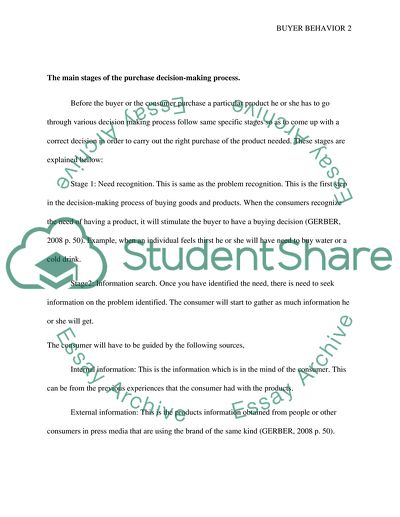Cite this document
(“MARKETING INTELLINGENCE Assignment Example | Topics and Well Written Essays - 1250 words”, n.d.)
Retrieved from https://studentshare.org/marketing/1684827-marketing-intellingence
Retrieved from https://studentshare.org/marketing/1684827-marketing-intellingence
(MARKETING INTELLINGENCE Assignment Example | Topics and Well Written Essays - 1250 Words)
https://studentshare.org/marketing/1684827-marketing-intellingence.
https://studentshare.org/marketing/1684827-marketing-intellingence.
“MARKETING INTELLINGENCE Assignment Example | Topics and Well Written Essays - 1250 Words”, n.d. https://studentshare.org/marketing/1684827-marketing-intellingence.


